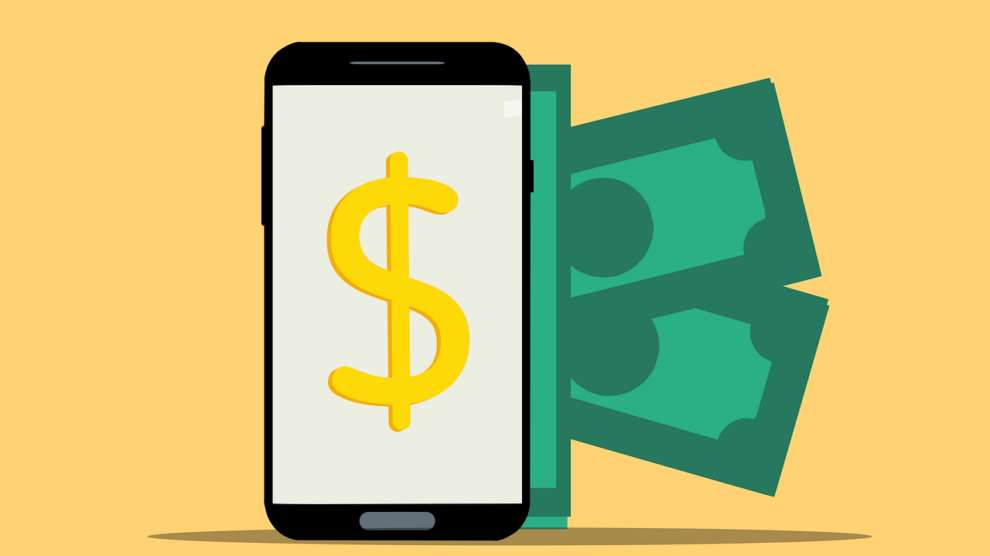The modern payment processing ecosystem is a complex network of consumers, merchants, banks, and payment processors. The last decade has seen a massive shift from physical to digital payments.
E-commerce, intelligent devices, and mobile payments are changing the way consumers find and pay for goods and services and the way payment processors accept, secure, and facilitate payments.
With mobile payment technology evolving so rapidly, it can be challenging to keep up with the latest trends. Here we discuss some of the innovations that are shaping the future of consumer payments and how mobile payment gateways enable these transactions.
Mobile Wallets
Mobile wallets are one of the fastest-growing trends for the future of mobile payment technology. It is because mobile wallets offer consumers speed, convenience, and security.
While the value of payments made with mobile wallets was only $75 billion in 2016, it is predicted to reach $500 billion by 2020. It represents an annual growth rate of around 80% over five years. In other words, mobile payments are growing fast and look set to continue to do so.
Prevalence of mobile applications
Mobile wallets are popular partly because they are easy for consumers to use. They download the mobile wallet app on their phone or mobile device, add their payment details and use the mobile wallet as a payment method in person or online.
This secure mobile payment technology includes user authentication and other security features, such as no need to enter credit card details on a website and no need to present a physical credit card at the checkout.
Not all mobile wallets are called mobile wallets. Popular digital wallets include products from Samsung and Apple and even our eWallet solution.
These consumer-friendly apps are changing the way consumers pay for goods and services.
Digital identification
Mobile wallets offer consumers convenience, but convenience is not everything. Security features will ensure that consumers continue to use mobile wallets in the future.
Many mobile wallets offer (or even require) dual authentication for use. For example, a PIN may still be required when making online purchases with a mobile wallet. Many smartphones have biometric authentication to ensure that only authorized app users can make purchases on the phone or smart device.
Loss of physical payment cards
Of course, the growth of mobile wallets means a decline in physical payment cards. Credit and debit cards remain the dominant method of cash payment. More than 70% of Americans use at least one credit card. Just over 15% of Americans have five or more credit cards. In other words, the use of credit cards is quite widespread.
The prevalence of payment cards is not going away. However, the actual physical card is disappearing. Mobile payment applications and other forms of digital payment (bitcoin, peer-to-peer) are reducing the need for physical payment cards.
The mobile payment processors of the future will be able to handle a variety of payment options, including cash, traditional cards, and mobile wallets. Near Field Communication (NFC) will change the way consumers and merchants make a payment transaction and reduce the need for physical payment methods.
Mobile point of sale
Liquidity isn’t the only thing going mobile. Credit card processing is portable too. Mobile point-of-sale (mPOS) devices are special wireless devices that mimic traditional cash registers and point-of-sale terminals.
mPOS devices provide merchants with an easy, space-saving, and wireless way to receive payments. The flexibility of mPOS allows merchants to carry out transactions wherever their customers are. There is no need for a central point of sale. Apple merchants do a great job with mPOS. Customers don’t have to bring their items to the checkout; they can walk up to the cashier with any employee.
mPOS is not just a novelty, and it is the future of mobile payment technology. According to Business Insider, there will be 27.7 million mPOS devices in use by 2021, up from 3.2 million in 2014.
Mobile payment devices aren’t just for physical stores. They give merchants the freedom to do business virtually anywhere. Merchants can use mPOS in places such as:
- Farmers’ markets
- fairs
- Concerts
- Food trucks
- Coffee carts
- Craft fairs
Business should not be limited to online or physical stores. The flexibility of mobile payments and mPOS systems creates a wireless economy.
Social shopping
Let’s face it, and people like to be on their phones. They want to browse Instagram, Facebook, Snapchat, and many other social media sites. With so many eyes on social media, it’s natural for businesses to try and market to such a broad audience.
Social shopping is when social media users find a product or service they like on specific platforms. They no longer have to leave the app to find a business. They can simply click the Buy Now button and start shopping without leaving the app.
This streamlined social shopping experience requires a flexible, dynamic mobile payment processor that can integrate with the mobile shopping cart and social media technology. This social shopping integration is a necessary feature for the mobile payment gateways of the future.
Conclusion
The future of mobile payment technology will be dominated by mobile wallets and mobile point of sale. We’re already seeing trends starting to emerge – smartphone readers at farmers’ markets, people buying lattes with user-friendly mobile payments, etc. However, the distant future of mobile payments will include automated payment features.
While there is still much development work to be done, the direction is clear. Mobile features represent the future of payments, payment processing, and payment gateways. If you are wondering to take a step in the mobile wallet world looking for app developers or mobile developers, there are many app development companies in India which can help you for building your business.





